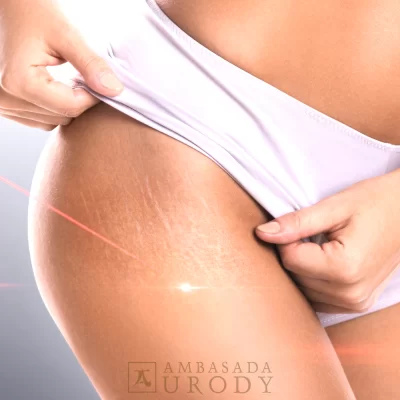How do scars form? Is it possible to prevent them?
There are many causes of scar formation. For example, they can result from surgeries, accidents, burns, as well as conditions like acne or chickenpox. However, the common factor is always a disruption in the continuity of the skin. It is important to note that scar formation is a normal part of the healing process. It is the moment when new tissue forms at the site of the injury. This new tissue is well vascularized and contains numerous collagen fibers. If the tissue grows abnormally, a visible scar appears.
The process of scar formation, as mentioned above, is closely related to wound healing and is divided into stages. When dealing with a wound (from an accident or surgery), these stages progress as follows:
This phase lasts for the first 2-3 days after the wound occurs. During this time, a scab forms, which acts as a natural bandage for the wound. Platelets containing growth factors gather around the wound, stimulating the formation of new tissue. To avoid scarring, it is crucial to keep the tissues hydrated and not remove the scab too early. Removing it prematurely can lead to further damage to the not-yet-healed skin, hindering its proper growth.
This stage can last up to two weeks. New skin cells and collagen fibers that form the scaffold for new tissue are produced during this time. Proper hydration and nourishment of the cells are extremely important during this stage.
A good therapy to support the wound healing process is microneedling. In the Ambasada Urody in Warsaw, there is a wide range of moisturizing preparations for microneedling available. It is advisable to seek assistance from a specialist, as experienced aesthetic medicine doctors can help choose the most effective one for a particular case.
If a permanent scar forms, the process of scar maturation can last up to two years. During this time, scar treatments will be most effective.
Even during these stages, we can support the prevention of scar formation. However, there are other factors that influence proper healing, such as uneven or large wound surfaces or burns. The larger the area forced to heal at once, the higher the likelihood of scarring.
When a scar does form, it is not a hopeless situation. Depending on the type and cause of the scar, different treatments may be more effective. To learn how to most effectively remove an existing scar, read this article.
